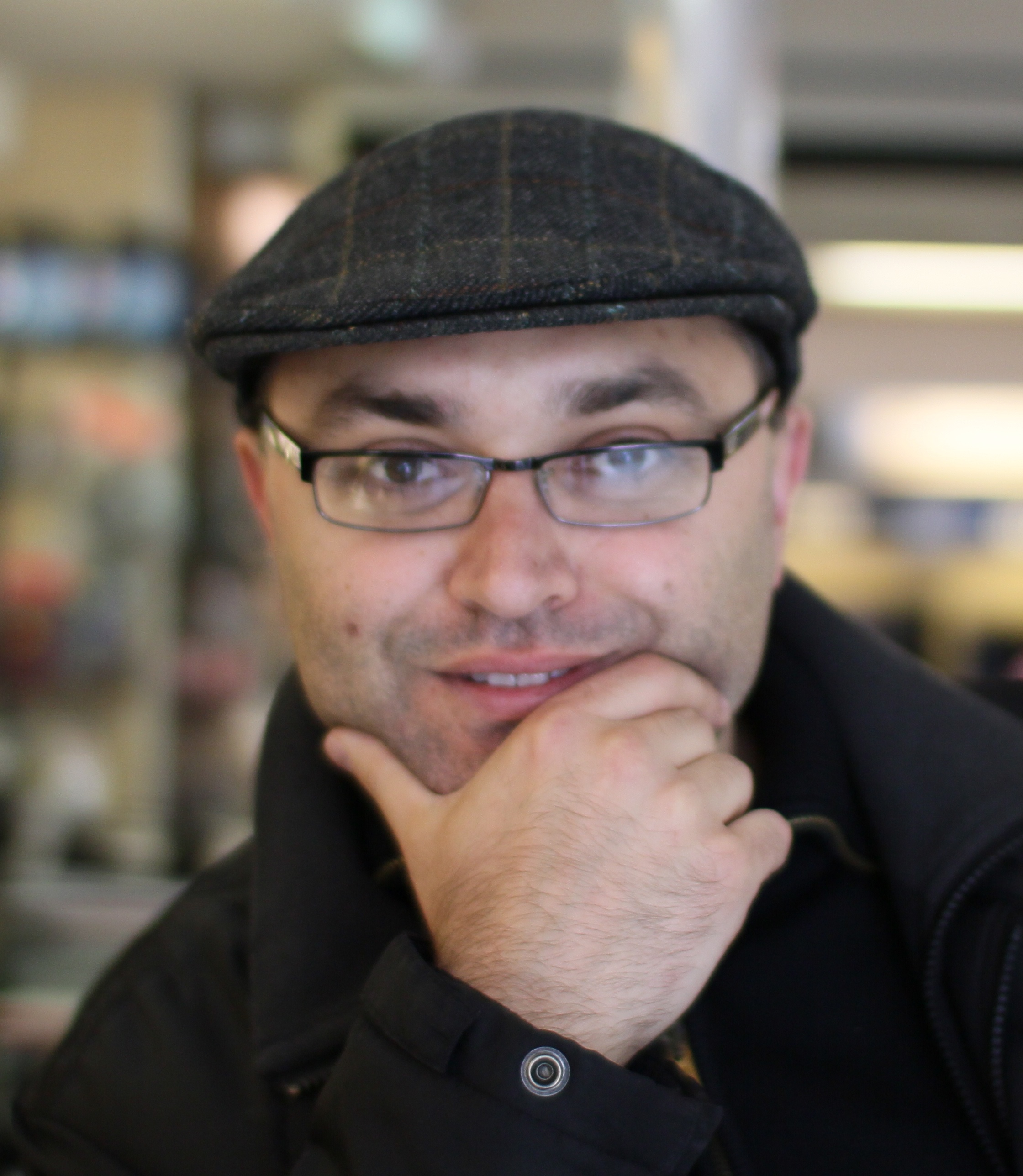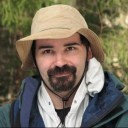
Under the patronage of Bioinformatics Italian Society and EMBnet |
|

October 16-18, 2013, Venice Lido, Italy |
||
|
NETTAB 2013 workshop focused on
Semantic, Social, and Mobile Applications for Bioinformatics and Biomedical Laboratories |
||||
Tutorials
Participation in tutorials is free, but registration is requested. Use the standard registration form.
All tutorials will be given on Wednesday October 16, 2013. The exact time will soon be available on-line.
Attendants are invited to bring their own laptop.

|
Wednesday, October 16, 2013, 11:00 - 12:30, followed by 30' demonstration Semantic Web for Life Sciences: vision, aims, tools, platforms Andrea Splendiani, IntelLeaf, United Kingdom, and Digital Enterprise Research Institute, Ireland Andrea Splendiani is an independent professional (intelliLeaf ltd) and adjunct lecturer at DERI. He earned a Laurea Degree in Information Technology from the Politecnico di Milano, and a PhD in Computer Science from the University of Milano-Bicocca. He has been working in functional genomics for immunology (Genopolis) and Systems Biology (Institut Pasteur) where he has been an active contributor to the BioPAX standard. He has then worked on biomedical ontologies (University of Rennes 1) and data integration (Rothamsted Research, BBSRC). He is co-chair and organizer of SWAT4LS (Semantic Web Applications and Tools for Life Sciences) and Guest Editor of the Journal of Biomedical Semantics. He is currently collaborating with different companies on data modeling for healthcare and life sciences, as well as semantic solutions for knowledge and data management. This tutorial is an introduction to Semantic Web technologies for Bioinformaticians, Researchers and other professionals working on biomedical and life sciences data. It is composed of two parts: an introduction to technologies and tools, and an overview of how these technologies fit in the current bioinformatics landscape. The first part will briefly introduce key concepts and technologies (RDF, OWL, Rules, SKOS, SPARQL, Linked-Data, Triplestores) and then present tools and techniques to address two prototypical use cases: publishing information on the Semantic Web, and consuming information that can be found in RDF. The second part of the tutorial will present an overview of the state of adoption of semantic web technologies in bioinformatics (which databases publish information in RDF and different representation patterns). It will also present features and limitations that characterize these technologies, to provide an understanding of which data and applications they can practically benefit. Perspective participants are invited to get in contact with the presenter so that the content of the tutorial can be tuned to their specific interests. See his LinkedIn page. |

|
Wednesday, October 16, 2013, 13:30 - 15:00, followed by 30' demonstration Open_PHACTS and NanoPublications Christine Chichester, Swiss Institute of Bioinformatics, CALIPHO group, Geneva, Switzerland Christine Chichester belongs to the CALIPHO group at the Swiss Institute of Bioinformatics and is the co-leader of the work package dealing with the data in the Open PHACTS platform. Open PHACTS project is a unique public-private partnership, established by the Innovative Medicines Initiative (IMI), between the European Community European Federation of Pharmaceutical Industries and Associations (EFPIA). The goal is to provide a platform that will support key drug discovery tasks by the integration of pharmacological and other biomedical data using open standards such as RDF. Christine earned her PhD in Molecular Pharmacology (University of California, Davis) and has since expanded her skills by working many years in the Bioinformatics domain. She is now attempting to establish discussions between the Bioinformatics and Semantic Web communities principally through data modeling and data integration projects. This tutorial is an introduction to the Open PHACTS platform and API tailored to the wide community of potential data providers, data consumers, and service providers. The tutorial will include an overview of the Open PHACTS architecture, data sources, and example applications followed by a hands-on session detailing the use of the API. The session will include discussions concerned with signing up for a developer API key, making API calls, and the data returned. Secondly, the tutorial will also include some discussion on the modeling of scientific assertions as nanopublications and their use within the Open PHACTS platform. |

|
Wednesday, October 16, 2013, 15:30 - 17:00, followed by 30' demonstration Standards for Web Applications on Mobile: current state and roadmap Dominique Hazaël-Massieux, W3C/ERCIM, Sophia Antipolis, Biot, France Dominique Hazaël-Massieux supervises the development and standardization of Web technologies that are most relevant to mobile devices in W3C, and is in charge of the W3C groups that are developing APIs to access more device capabilities from the Web (camera, addressbook, etc) and to enable peer-to-peer audio-video communication in Web browsers (WebRTC). He also regularly puts in practice these technologies and guidelines as a developer of a number of sites and applications. Web technologies have become powerful enough that they are used to build full-featured applications; this has been true for many years in the desktop and laptop computer realm, but is increasingly so on mobile devices as well. This tutorial will introduce the various technologies developed in W3C that increase the capabilities of Web applications, and how they apply more specifically to the mobile context. |

|
Wednesday, October 16, 2013, 17:30 - 19:00, followed by 30' demonstration Mobile applications for life sciences: perspectives, limitations, and real examples Alex Clark, Molecular Materials Informatics, Inc (Hands-on tutorial, people are invited to bring their smartphones and tablets) Alex Clark is the founder of Molecular Materials Informatics, which is dedicated to bringing cheminformatics software to future platforms such as mobile, cloud & web. Since 2010 the company has produced a number of cutting edge apps and cloud-based webservices for manupulating chemical structures for iOS and Android, and is able to demonstrate powerful chemistry and life sciences workflows for the post-PC era. The tutorial will demonstrate manipulation of chemical structures and associated data using the mobile platform. Apps can be used to create or import content and organise it on the device, and from there it can be browsed, visualised, modified, shared and published, as well as for searching online databases, building models and calculating properties. The union of gesture-based mobile interfaces with cloud-hosted webservices can be used to accomplish a broad variety of tasks that were formerly only practical for the desktop platform. The new computing platform provides a number of advantages in addition to mobility, such as inexpensive modular components, shorter learning curves, and ultimate ease of deployment based on the "app store" model. Demonstrations will be performed using the iOS platform (iPhone/iPod/iPad), and focus on real-world problems encountered in chemical informatics and computer-aided drug design. |


